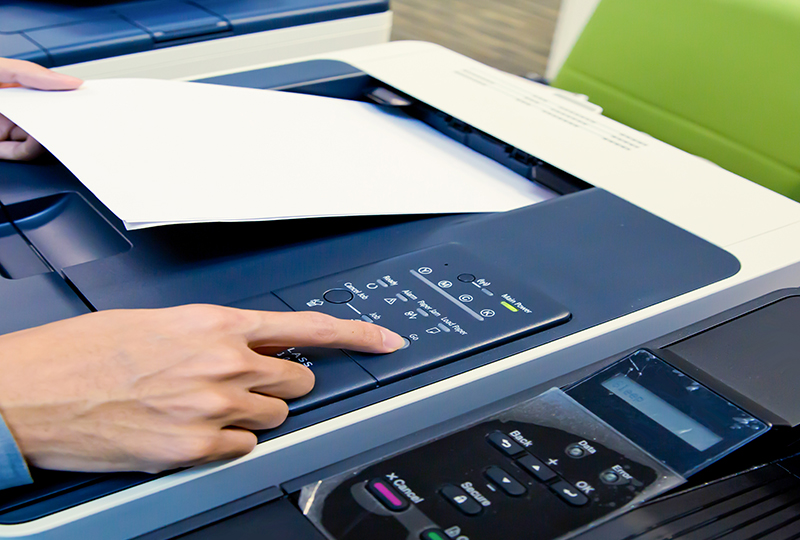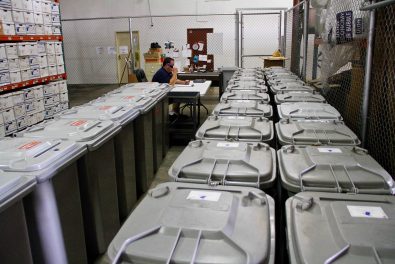Document scanning is the practice of converting paper documents into digital files or images. Increasingly, businesses which had paper documents as their primary storage medium are turning to document scanning as paper documents impede accessibility, limit productivity and profitability.
Paper documents are difficult to manage, protect and store and this along with rising realty prices in most commercial locations have made organizations explore other alternatives.

Advantages of document scanning
Digital imaging or scanning makes your business records instantly available. Digitizing handwritten or printed information instantly multiplies the possibilities for using the information. Some of the most significant advantages of switching over to electronic document management system are:
- Reduces expenses related to mailing, copying, shipping, and storing hard copy documents – transfer of information in electronic format is way easier and efficient.
- Eliminates the need for onsite paper file storage. Frees up storage space to be utilized in other productive ways. With burgeoning realty cost in most cities, electronic document management helps unlock areas within office set-up for better space utilization.
- Digital files are easier to store, access and retrieve. They are far more secured as against paper storage which runs the risk of unauthorized access and pilferage. Electronically stored information has protection and security thanks to access restrictions, permissions profiles, and passwords.
- Digital storage also enables deeper and quicker search functionalities which saves productive time of employees. When you go digital, you have a consistent format which allows for improved business efficiency as well as a reduction in operational costs.
Which documents should be scanned?
Organizations have critical documents and information to retain and organize efficiently. Here are a few suggestions on the kind of documents that need to be scanned and stored:
- Contracts and agreements
- HR files
- Invoices
- Purchase & Sales Orders
- Correspondence
- Medical records
- Maps and blueprints
How collection, capture and conversion of documents is carried out?
A comprehensive scanning service involves regular input or intake of batched volumes of documents, or scanning individual documents on demand. The workflow is designed as per business needs of a client ensure individual requirements are met. Once paper is scanned, it enables digital sharing between users. This workflow creates a powerful tool and will dramatically increase efficiency. Varying document sizes and types can be captured using high-speed scanning equipment and skilled staff. Images are typically presented in multi-page TIFF or PDF, but can also be output in JPG or PCX formats with output onto CD/DVD or hard drive or FTP or the web.








